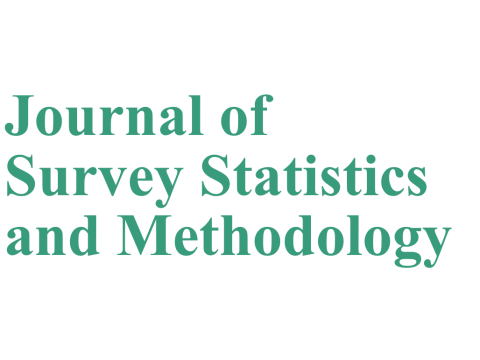Learn about the latest article by Michael T (Mickey) Jackson from SSRS, along with Rebecca L Medway and Mahi W Megra from AIR, exploring the use of appended auxiliary data for tailoring response modes in cross-sectional studies, based on evidence from an address-based sample.
In theory, offering each sample member the mode sequence that maximizes their response propensity should increase the response rate and/or reduce the amount of nonresponse follow-up relative to a design that offers all sample members the same mode sequence. However, for this sort of tailoring to be feasible in a cross-sectional survey, it must be possible to use data available prior to data collection (e.g., on the sampling frame) to predict sample members’ “mode-sensitivity”—the effect of the offered mode sequence on response propensity.

